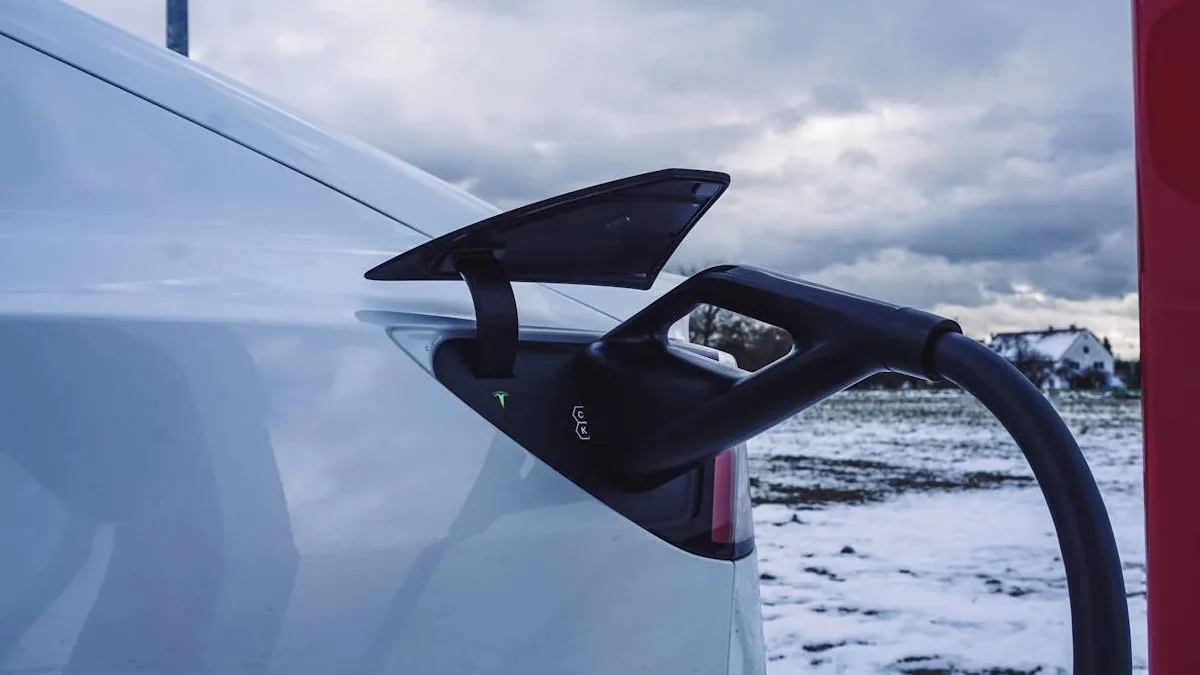The transportation sector is undergoing a significant shift, with electric vehicles (EVs) emerging as a cleaner, more efficient alternative to traditional gasoline-powered cars. This transition is driven by a growing awareness of the environmental impact of fossil fuels and the potential of EVs to reduce greenhouse gas emissions. But beyond environmental benefits, EVs offer a compelling driving experience and lower running costs. Let’s delve into why electric cars are superior to petrol cars and explore the inner workings of these revolutionary machines.
Why Go Electric?
Electric cars hold several advantages over petrol cars:
- Environmental Friendliness: EVs produce zero tailpipe emissions, significantly reducing air pollution in urban areas. While electricity generation might contribute to emissions, EVs are often cleaner than petrol cars, especially when considering regions with a growing share of renewable energy sources.
- Cost-Effectiveness: EVs boast lower running costs. Electricity is generally cheaper than gasoline, and EVs require less maintenance due to fewer moving parts compared to complex internal combustion engines.
- Performance: Electric motors deliver instant torque, providing a smooth and responsive driving experience with exceptional acceleration.
- Quiet Operation: EVs are significantly quieter than petrol cars, creating a more peaceful driving experience and reducing noise pollution in cities.
- Government Incentives: Many governments offer tax breaks and rebates to encourage EV adoption, making them more affordable.
How Do Electric Cars Work?
Unlike petrol cars that burn gasoline to power an internal combustion engine, EVs rely on electric motors and high-voltage battery packs for propulsion. Here’s a breakdown of the key components:
- Battery Pack: The heart of an EV, the battery pack stores the electrical energy that powers the car. Lithium-ion batteries are currently the dominant technology, offering high energy density and long lifespans.
- Electric Motor: The electric motor converts electrical energy from the battery into mechanical energy that rotates the wheels. EVs can have one or multiple motors, enabling features like all-wheel drive.
- Onboard Charger: This unit takes AC power from the charging station and converts it to DC power for charging the battery pack.
- Power Electronics Controller: The brain of the EV, this unit manages the flow of electricity between the battery pack, the motor, and the onboard charger. It controls factors like acceleration, regeneration, and battery health.
- Regenerative Braking: During braking, the electric motor acts as a generator, converting the car’s kinetic energy back into electricity and recharging the battery pack. This extends the driving range.
Charging an Electric Car
EVs can be charged at home using a dedicated charging station or at public charging stations. There are different charging levels, with Level 2 chargers offering faster charging times compared to standard Level 1 chargers. DC fast chargers provide the quickest charging option, but are typically found at designated stations along highways.
The Future of Electric Cars
EV technology is rapidly evolving. Battery range is increasing, with some models now exceeding 500 kilometers on a single charge. Charging infrastructure is expanding to address range anxiety concerns. Additionally, advancements in battery technology and solid-state battery research promise even faster charging times and longer ranges in the coming years.
The transition to electric vehicles is well underway, driven by environmental concerns, technological advancements, and government support. With their superior efficiency, lower running costs, and environmental benefits, electric cars are poised to become the dominant mode of transportation in the future.
Discover more from Wheels Craze - Automotive News, EV News, Car News, Bike News
Subscribe to get the latest posts sent to your email.





